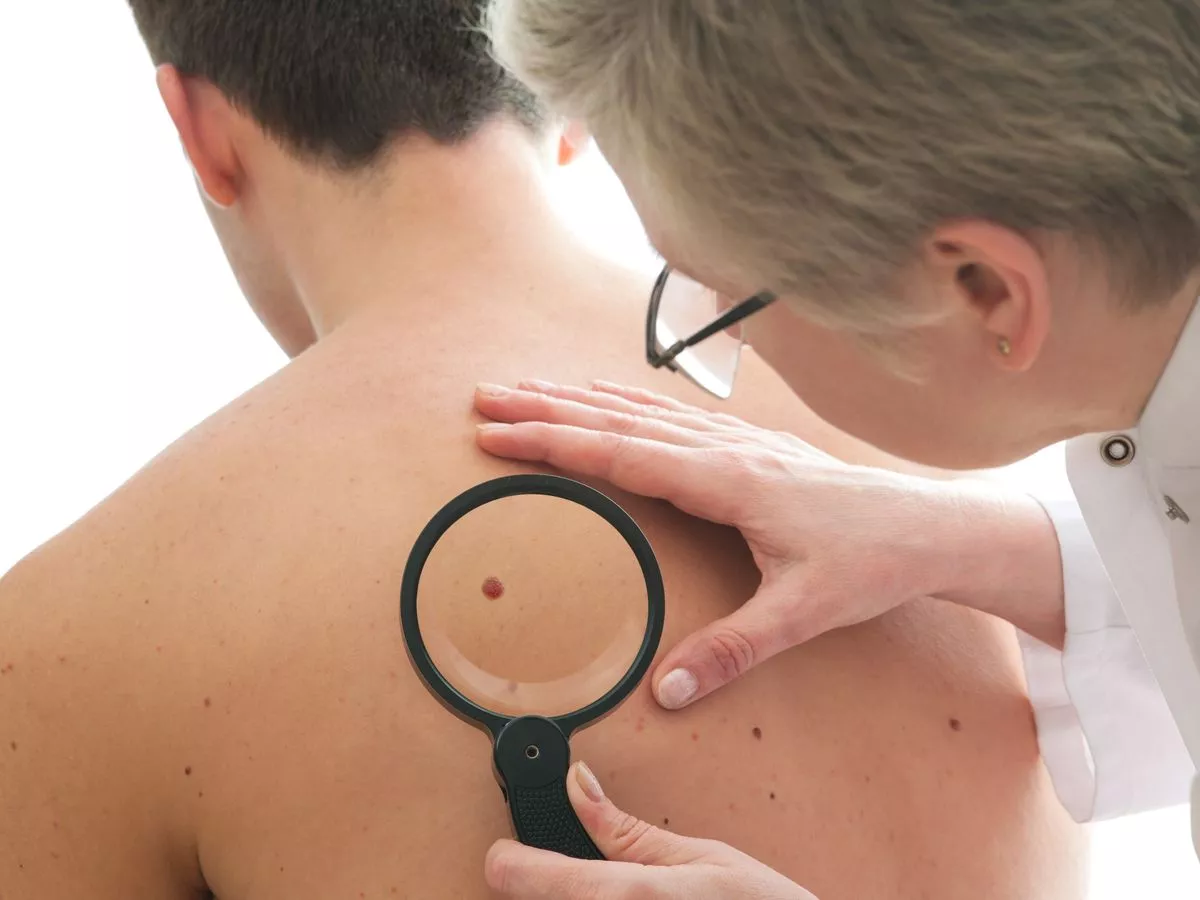Copyright dailyrecord

Scientists have developed a technology to identify early signs of cancer - which in turn could save thousands of lives each year. The wearable patch can be worn at home and will allow those at risk of developing the most lethal type of skin cancer - melanoma - to screen themselves to provide early detection. According to scientists, this handy battery-free patch will reduce unnecessary biopsies and make screening less invasive and more accessible. The new patch has been developed at a crucial time, as American researchers have highlighted that among the variations of the disease, skin cancer is currently one of the most dangerous forms, reports the Mirror. This is backed up by Melanoma UK , which estimates that in 2025 over 19,000 people in the UK will be diagnosed with melanoma. With these worrying figures, early detection is now more important than ever to provide successful treatment. While there are a range of methods currently used to try and detect the disease, many of them depend on visual inspection that may overlook other early warning signs. Dr Mohammad Moghimi, who led the development, said that the new patch is able to measure the electrical properties - or bioimpedance - of skin lesions in a "simple, non-invasive way". This means to analyse how easily electrical signals can pass through living tissue. This is a crucial test as cancerous areas often have different electrical properties to healthy skin. Therefore, this patch should be able to identify 'abnormal' areas that could require medical intervention. The device, which was designed by the research team at Wake Forest University School of Medicine, North Carolina, includes a chip-less, flexible, battery-free patch that is placed onto the skin and works wirelessly with a small reader. To test out the patch, 10 volunteers had a patch applied to a pigmented skin lesion - such as a mole - as well as a nearby area of healthy skin. From this experiment, standard statistical methods confirmed that there was a 'significant' difference between the healthy and abnormal skin, showing that the patch can 'clearly' identify areas of the skin that might be of concern. The results, which were published in Biomedical Innovations, found that the patch detected 'unique' electrical signals from lesions or moles regardless of skin tone. Dr Moghimi said: "Skin cancer is most treatable when caught early, but many people don't have easy access to specialised dermatology care. "Our wearable patch is designed to be affordable, comfortable and easy to use, even outside of a doctor's office. It could empower patients and primary care providers to monitor suspicious skin lesions and seek help sooner." While also being a lightweight, disposable and cost-effective innovation, the patch is able to provide objective, numerical data about the skin's health that could be missed in a visual inspection. It is hoped the patch will help doctors make more informed decisions and reduce the risk of unnecessary biopsies. Also offering additional information about lesions, which could support imaging-based techniques, the patch is also believed to be effective across all skin tones and can identify changes in small or visually ambiguous lesions. Dr Moghimi added: "Our goal is to make early skin cancer detection accessible to everyone. By providing a tool that can be used at home or in primary care settings, we hope to reduce the number of missed or late diagnoses and improve patient outcomes." He explained that the next phase of the research is to carry out larger clinical studies to test how well the patch works in real-world settings and see if it can distinguish between benign and malignant lesions.



